Straight blade flat bottom garden spade
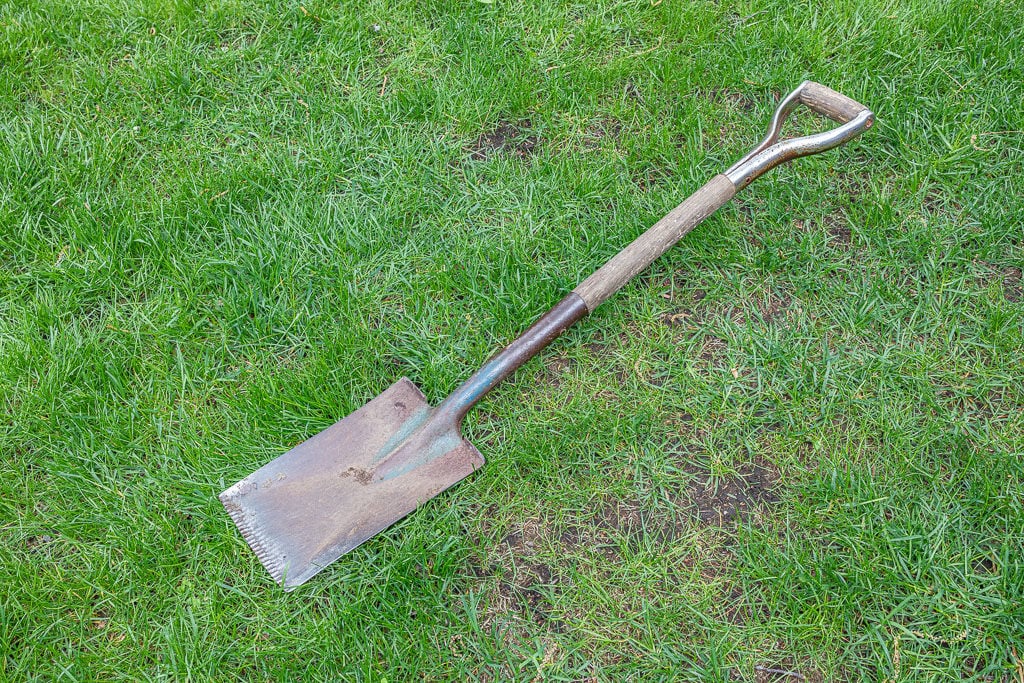
Straight blade flat bottom garden spade
A D-Handled straight blade garden spade with a flat bottom is an essential tool for both beginner gardeners, as well as gardening veterans. Its unique flat head design makes it a highly versatile and invaluable asset for gardeners of any skill level.
Here’s why:
It digs:
Spades are perfect for planting and transplanting. The flat head design is ideal for digging holes or removing plants from the ground. It’s important to note that a garden spade is better suited for loose soil that is not compacted or rocky. A round head or trenching shovel is a better choice for tough to penetrate soils. However, aside from compacted soils, garden spades are precision diggers, and that matters when planting or transplanting.
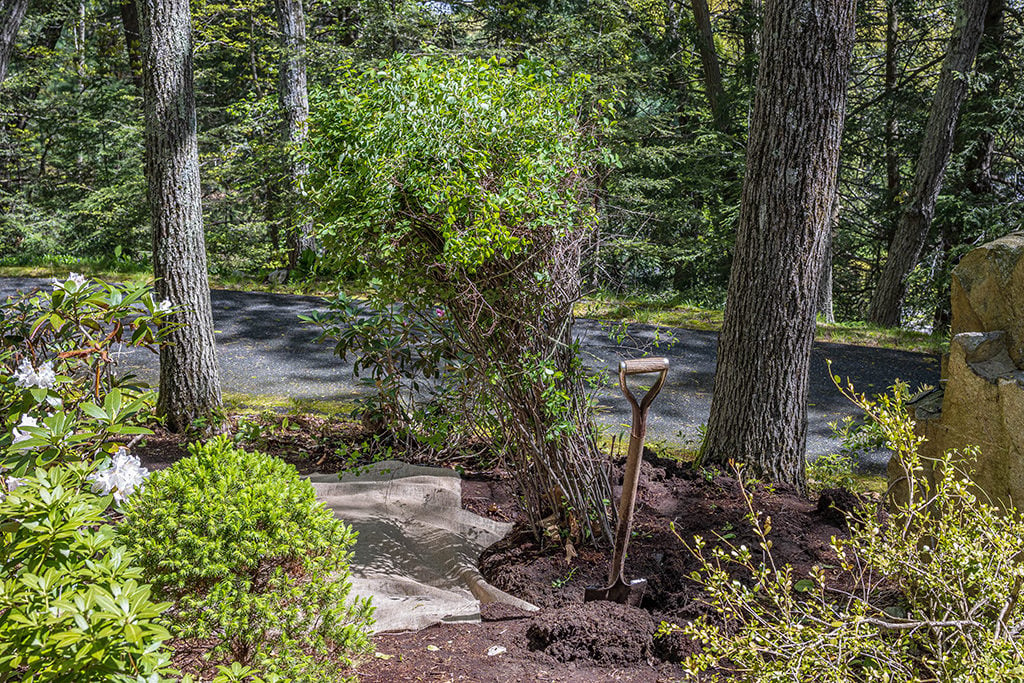
It measures:
When planting trees and shrubs, you generally want the top of the plant base to be level with or just slightly above ground level. A spade helps measure the planting hole depth, which you can quickly compare to the depth of the plant container or rootball to ensure your depth is just right.
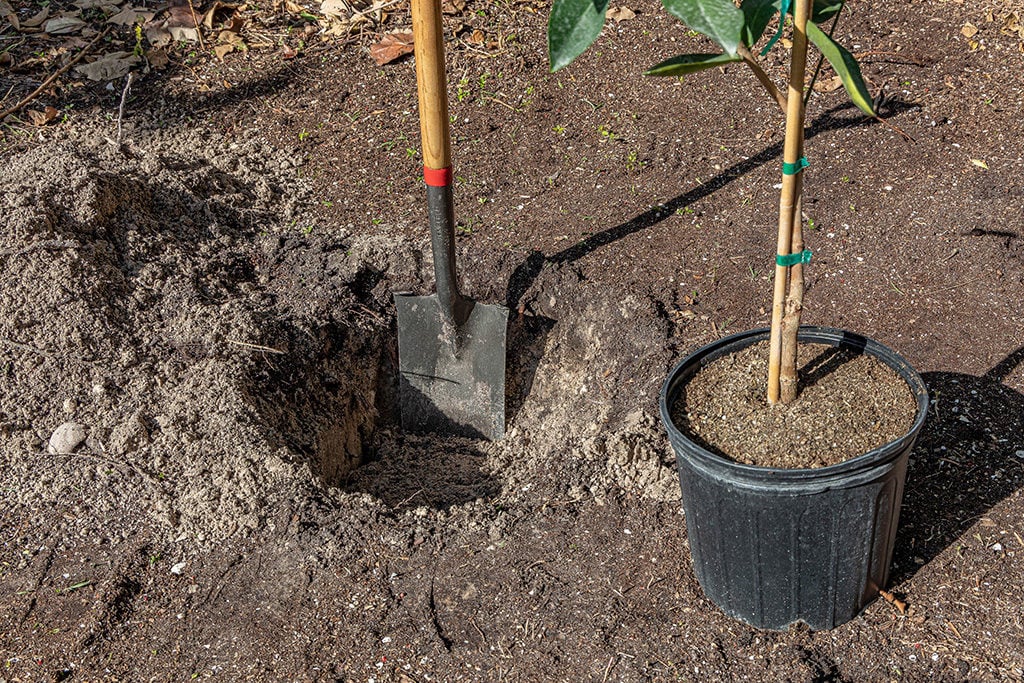
It slices:
Roots that need to be cut or perennials that need dividing are no match for a trusty garden spade. Holding the D-handle, you can add a little weight behind the spade and thrust it into a root or a perennial. Alternatively, you can “hop” onto the top of the shovel blade, much like getting onto a pogo stick. This will generate a significant downward force. Just be careful! This technique can cause injury if not performed correctly.
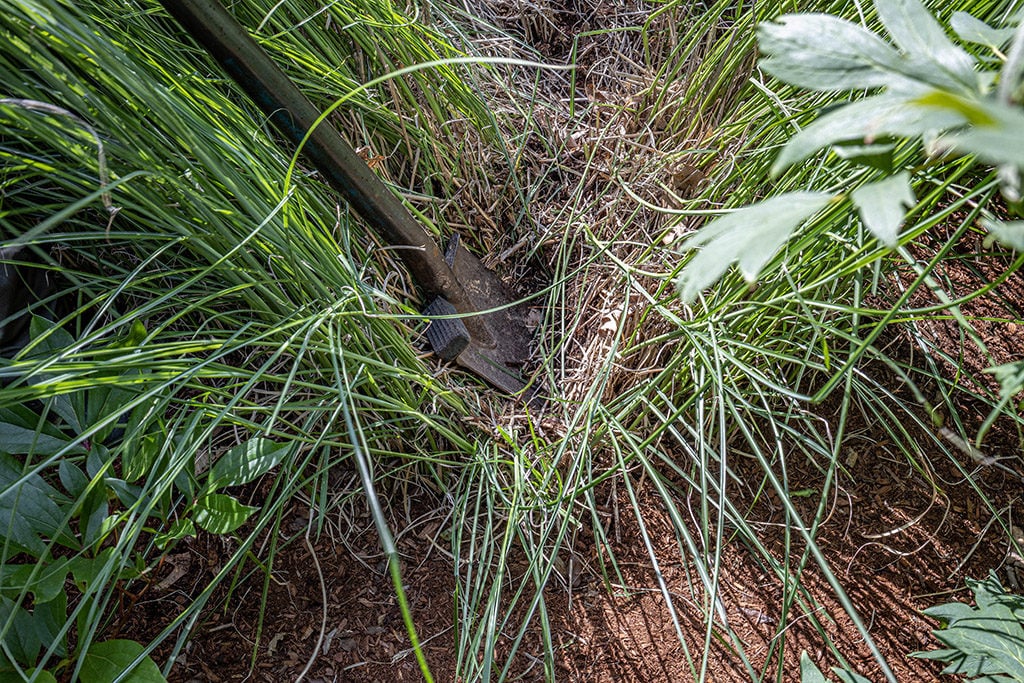
It dices:
If you need to chop up organic matter to help it break down faster, then a spade makes an excellent tool for dicing in the garden. You can also use a file to sharpen the bottom edge to help make your dicing efforts even more effective.
It edges:
Creating sharp edges for your garden beds is a breeze with a spade. While a steel edger may give you a bit more control, a garden spade will get the job done just as well and it won’t sit around on your tool rack unused for long periods.
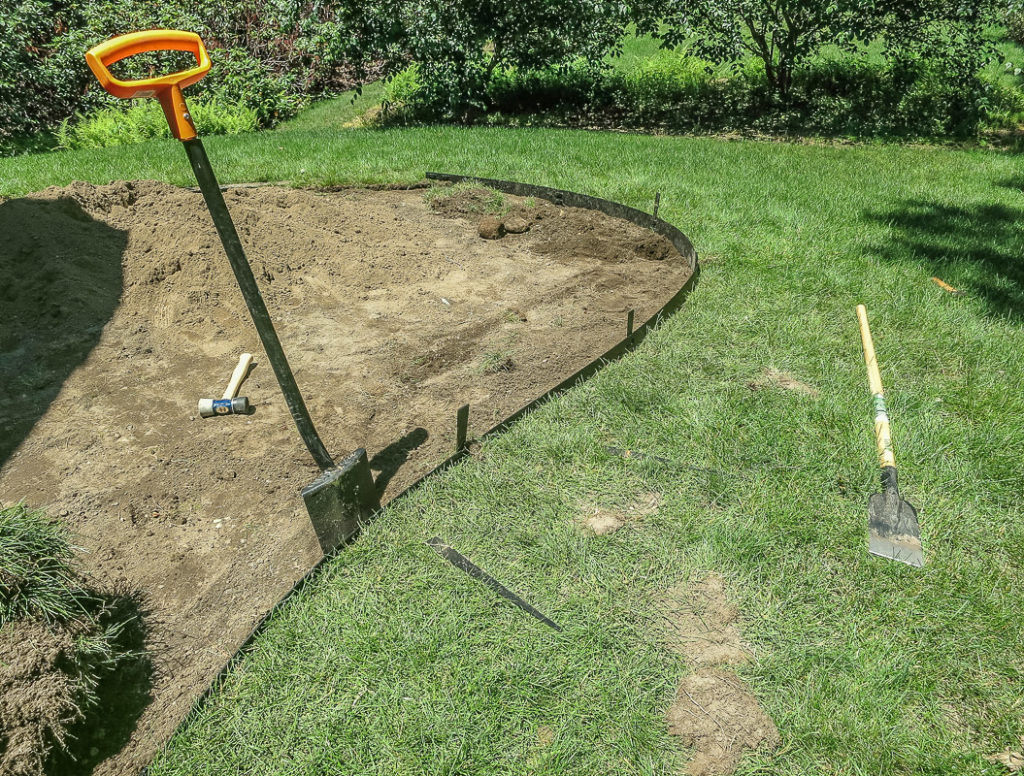
It strips:
If you need to remove grass to make a garden bed, then a spade is a perfect choice. Get down low to the ground and hold the spade so that it is nearly level with the ground. Work it a few inches under the grass and try to slide it underneath while working it back and forth. If you have an extensive area to strip, you can look into a sod cutter, but for smaller areas, a spade will make short work of the grass.
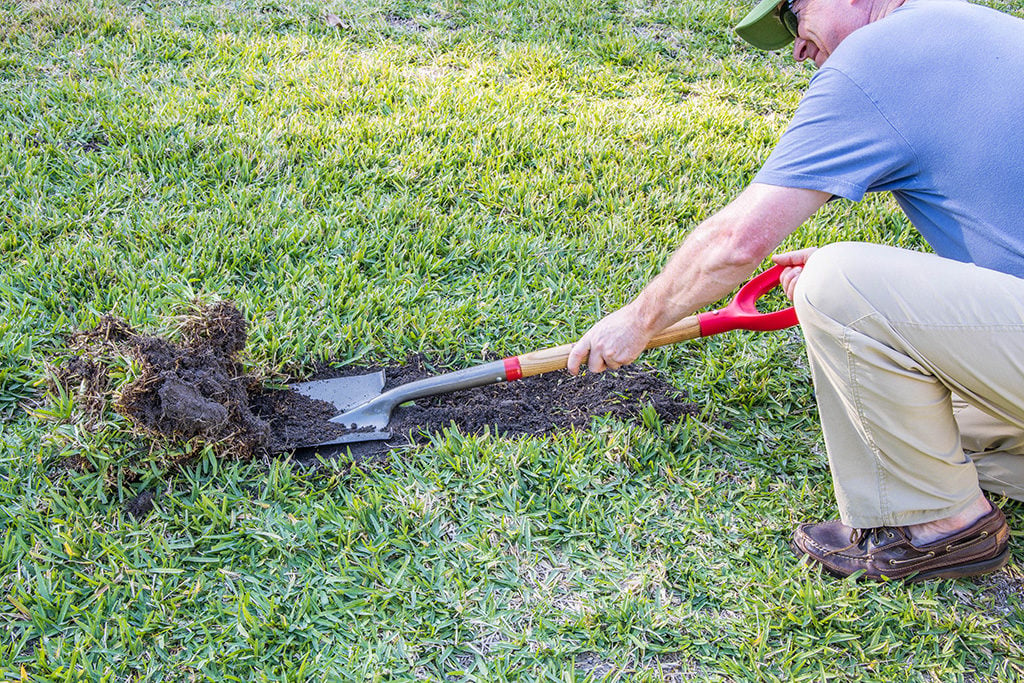
It pries:
With its flat bottom design, a spade helps pry plants and rocks out of the ground. First, use the spade to slice around the plant., Then, work it underneath and carefully try to pry the plant free from the ground. If you encounter a lot of resistance, you may need to slice the roots underneath the plant until you can easily pop the plant out. Sturdy spades are also great for prying rocks out of the ground.
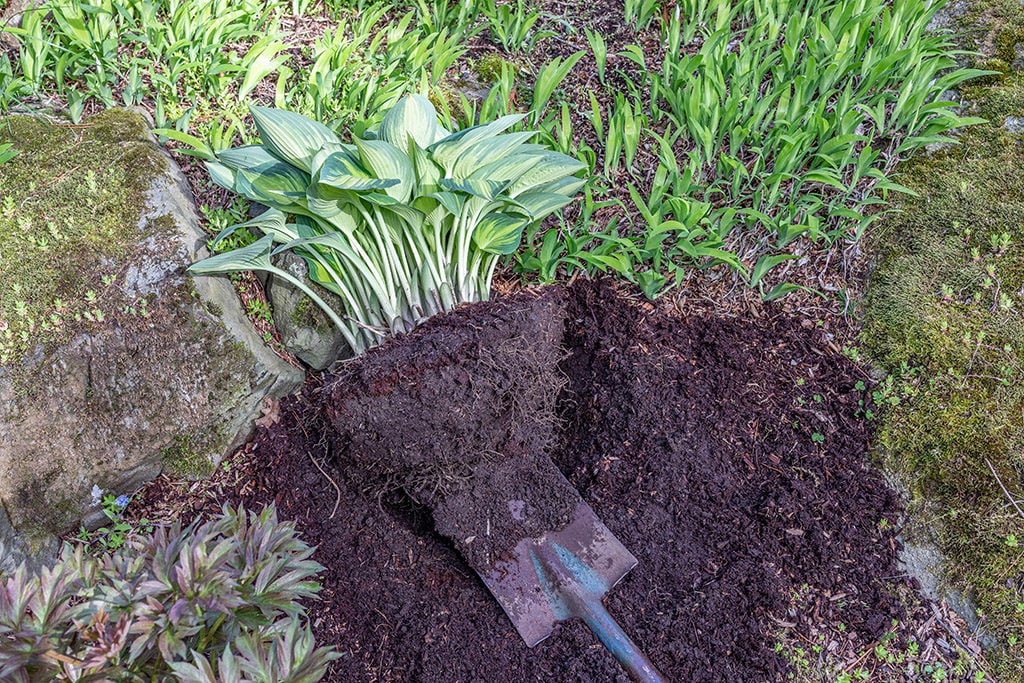
What to look for when buying a garden spade:
Aside from having a flat bottom edge and relatively simple design (see the first picture), weight and durability are the two critical criteria that you should use to find a garden spade that is well suited to your needs.
Several all-metal variants are durable and take a fair amount of abuse. However, all-metal or metal reinforced spades are heavy. The additional weight can help with digging, chopping, and prying, but you sacrifice the maneuverability that makes the garden spade such a useful tool for stripping grass, edging, and doing any work that requires precision.
A traditional spade has a wood shaft (typically made of Ash), it should hold up very well and last for many years (it’s important to note here that not all brands are created equal).
Finally, there are fiberglass shaft options that are strong and light. Just note that fiberglass shafts can splinter after years of use (or misuse). If this becomes an issue, wrapping the shaft in duct tape or electrical tape can offer a simple remedy and reduce the likelihood of getting a fiberglass splinter. If you’ve never had a fiberglass splinter, all we can say is you don’t want to get one.
In summary:
No other garden tool can do all of this. The spade is a must-have garden tool. It’s not the best for serious digging in compacted and rocky soils, but its extreme versatility in the garden makes up for its deficiencies. If you have a bad back, you may opt for a long-handled version, otherwise, get a nice D-handled or D-Grip flat bottom garden spade. If you are serious about gardening, then this is the one tool that you must get.
